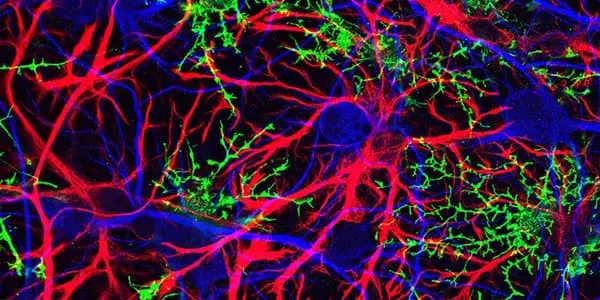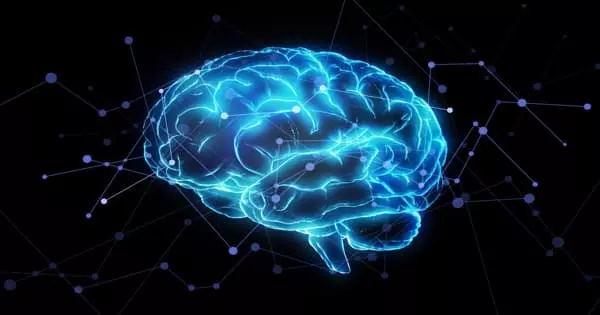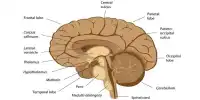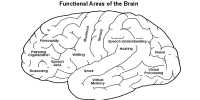Memory becomes more malleable thanks to the brain’s star cells. D-serine and glutamate are co-released by hippocampal astrocytes to regulate synaptic plasticity and cognitive flexibility. “The ability to change is the measure of intelligence,” Albert Einstein said.
Because we live in a constantly changing environment, it is critical for our brain to not only learn new things but also modify old ones. This is known colloquially as “cognitive flexibility.” We would be unable to adapt to the changed environment if we did not have this ability, and we would be prone to making poor decisions if we relied solely on past memories.
The researchers at the Center for Cognition and Sociality within the Institute for Basic Science (IBS) in Daejeon, South Korea, led by Director C. Justin LEE, reported that astrocytes, which are star-shaped cells in the brain, regulate cognitive flexibility. They discovered that the ability of astrocytes to simultaneously regulate and integrate synaptic plasticity of nearby synapses is critical for facilitating cognitive flexibility.
Previous research has primarily focused on changes in specific synapses in response to stimuli. The discovery of this phenomenon, in which changes in one synapse can cause changes in nearby synapses during learning, demonstrates the importance of understanding what happens to the other synapses in understanding the mechanism of learning and memory formation.
C. Justin LEE
Lower cognitive flexibility is thought to be caused by N-methyl-D-aspartate receptor dysfunction in brain disorders such as autism, schizophrenia, and the early stages of Alzheimer’s disease (NMDARs). While NMDARs are important synaptic plasticity receptors that are activated by a variety of agonists and co-agonists, the source of one of the co-agonists, D-serine, has been debated. The researchers demonstrated, using astrocyte-specific gene regulation, that astrocytes can synthesize D-serine and release it via the calcium-activated channel Best1. When combined with the previously known ability of astrocytes to release glutamate via Best1, the co-release of D-serine and glutamate suggests that astrocytes are ideal regulators of NMDAR activity and synaptic plasticity.
NMDA receptor (NMDAR) hypofunction has been linked to a number of psychiatric disorders that cause cognitive flexibility impairment. However, the molecular mechanism by which NMDAR hypofunction with decreased NMDAR tone causes cognitive flexibility impairment is poorly understood. Furthermore, whether hippocampal astrocytes regulate NMDAR tone and cognitive flexibility is unknown.

The researchers demonstrated, in particular, that heterosynaptic long-term depression (LTD), a phenomenon in which inactive synapses weaken when nearby synapses become active, is mediated by astrocytes and is critical for cognitive flexibility.
“Since each astrocyte is in contact with over 100,000 synapses, astrocytes can control numerous synapses and integrate synaptic plasticity simultaneously,” said KOH Wuhyun, the first author of this study.
They investigated the Best1 knockout (Best1 KO) mouse model, which lacks heterosynaptic LTD due to decreased NMDAR tone. Best1 KO mice performed similarly to wild-type mice in the initial learning session of the Morris Water Maze experiment, which involves mice attempting to find a hidden platform. Best1 KO mice, on the other hand, had problems with memory modification when the platform was moved to the opposite side.
Interestingly, when Best1 KO mice’s NMDAR tone was improved by D-serine injection during the initial learning period, their memory modification problem was restored in the subsequent experiment. This discovery demonstrates that memory flexibility is determined by the time of initial learning, contrary to the previously proposed theory that synaptic plasticity occurs only when memory modification is required.
Furthermore, the researchers discovered that norepinephrine and its receptor 1-AR can activate astrocytes and cause D-serine and glutamate co-release. This implies that the degree of concentration and arousal during the learning period can influence memory flexibility.
C. Justin LEE, the director, stated, “Previous research has primarily focused on changes in specific synapses in response to stimuli. The discovery of this phenomenon, in which changes in one synapse can cause changes in nearby synapses during learning, demonstrates the importance of understanding what happens to the other synapses in understanding the mechanism of learning and memory formation.” “It is hoped that this study will provide valuable insights into how to relieve or treat symptoms of autism, schizophrenia, and early dementia, all of which are known to reduce cognitive flexibility,” he added.















